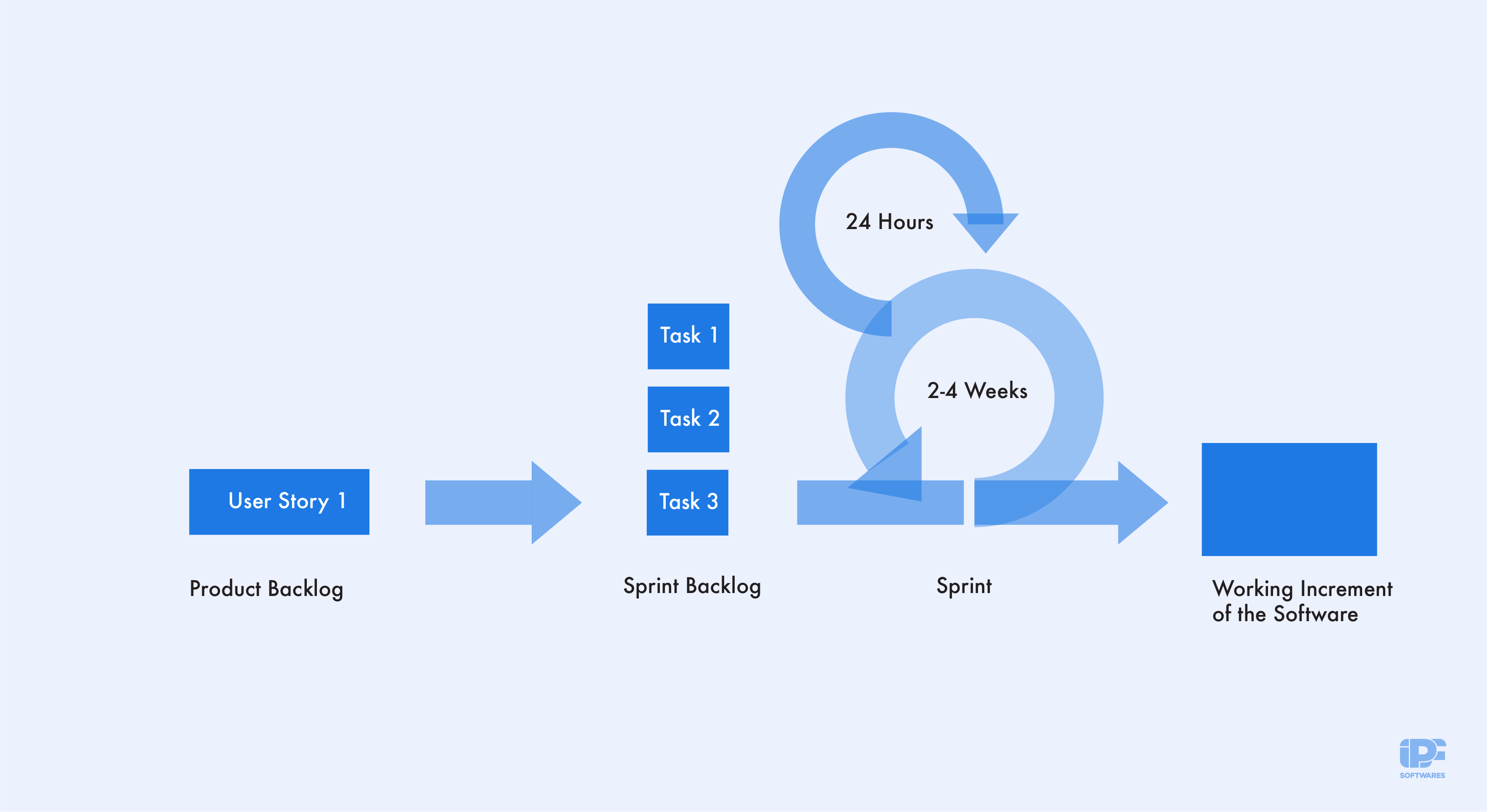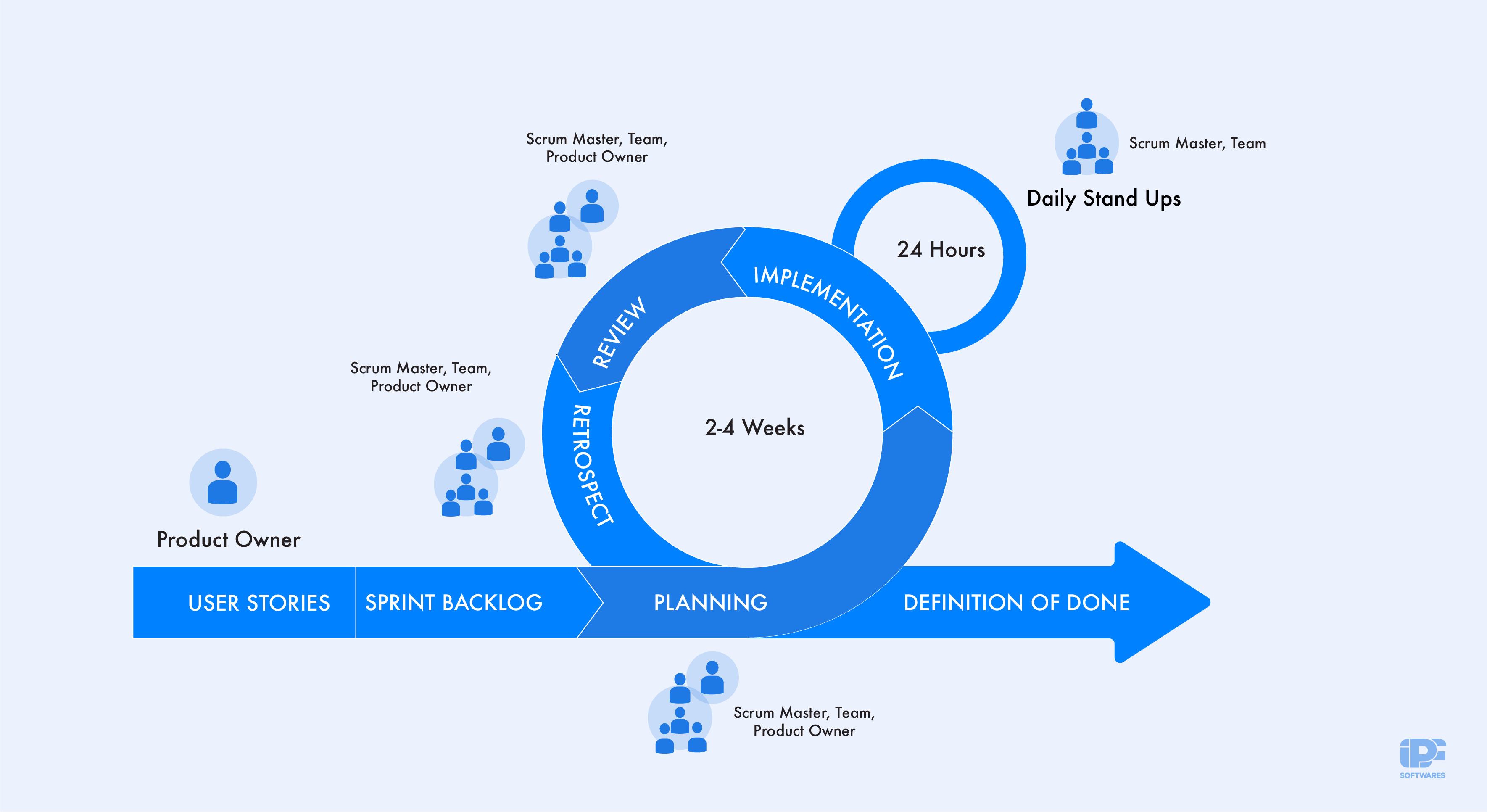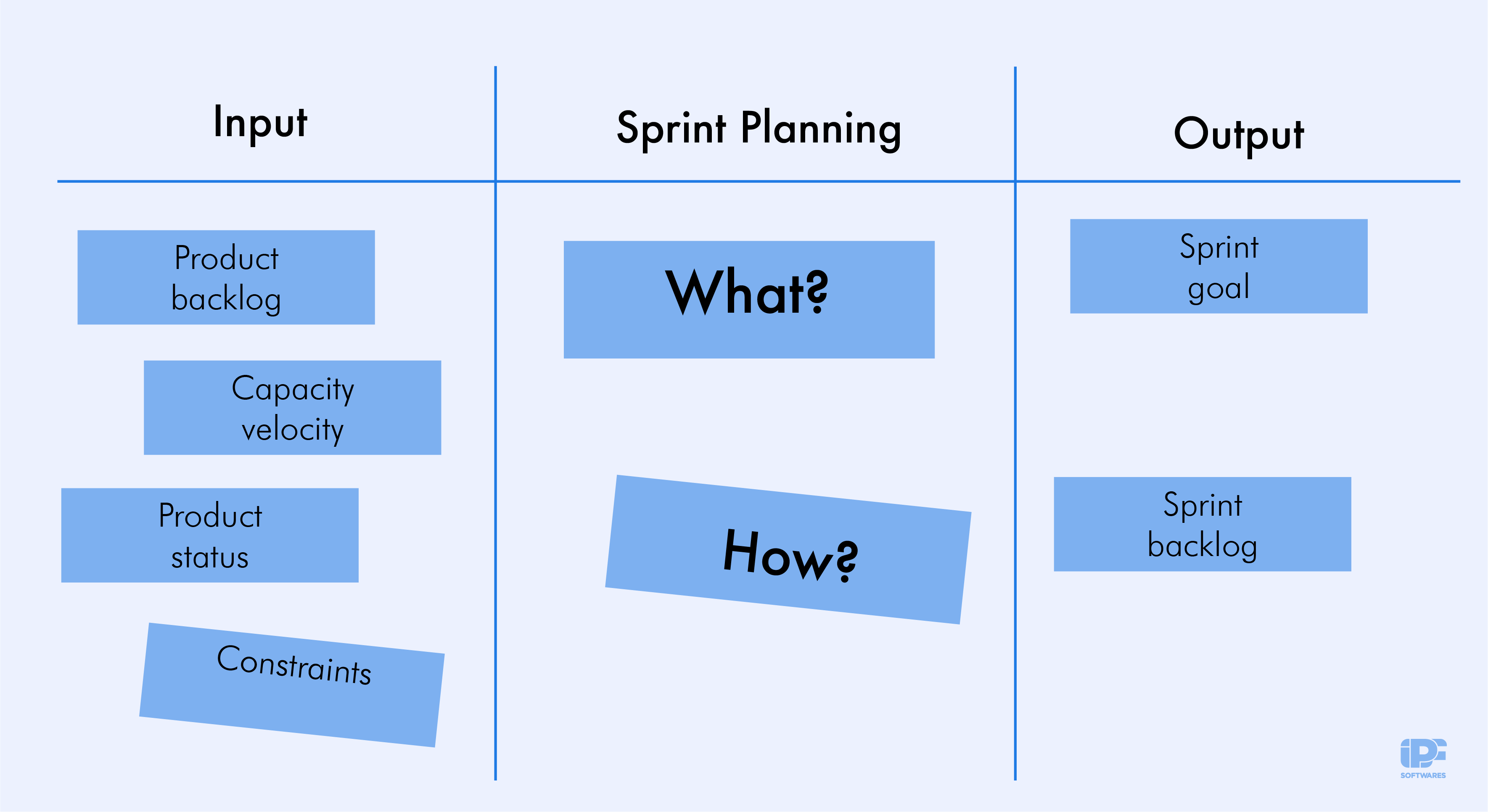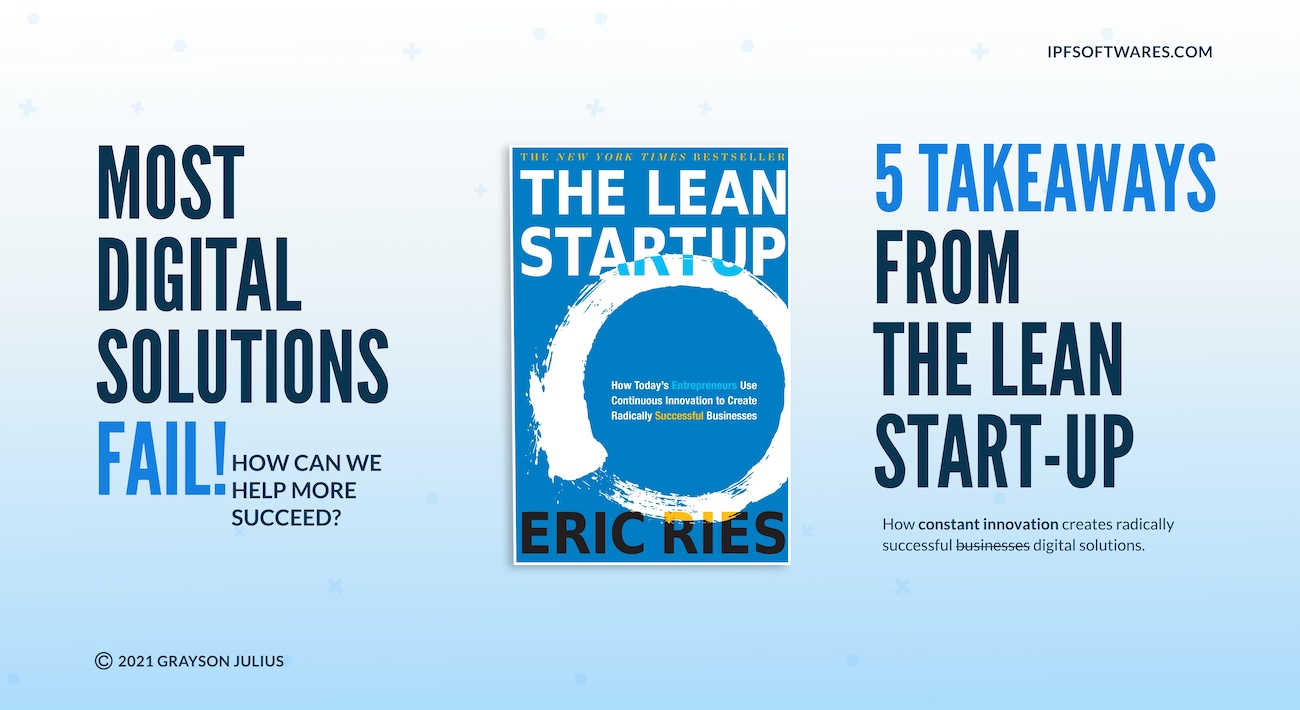A while ago we published an article on Agile Software Development: A Key To Innovative Digital Solutions In Tanzania, where I introduced the use of scrum and kanban frameworks in agile software development.
Well, in this article I will share with you, how we harness the full potential of scrum to supercharge our team's performance in delivering world class digital solutions for businesses in Tanzania and beyond
Choosing the right Agile framework can be a challenge, but with scrum, we have a proven and reliable approach that can handle even the most complex projects.
It's all about structure and teamwork, with clear roles, deadlines, and iterative sprints to keep us on track.
So let's dive in and see how we make the most of scrum and bring out the best!
What is Scrum in Agile Software Development
Scrum is one of Agile frameworks,designed to help teams tackle most complex projects with ease. With its well-defined roles, including the product owner, scrum master, and development team, Scrum provides a clear structure for everyone to work within.
Scrum breaks down each project into sprints*, with regular check-ins and meetings, like sprint planning, daily scrums, sprint review, and retrospectives, to ensure everyone is on the same page and progress is being made.
“ *Sprint : A sprint in the context of Scrum is a time-boxed iteration of typically 1-4 weeks during which a cross-functional team works to deliver a usable, potentially releasable product increment.”
At it’s core, Agile is all about a mindset and a set of values and principles. And Scrum is the perfect framework to put those principles into action and bring projects to life!
 Scrum Framework | Image By iPF Softwares
Scrum Framework | Image By iPF SoftwaresCore Values of Scrum Framework
The following values are fundamental to how scrum is implemented.
- Transparency: All aspects of the process must be visible to those responsible for the outcome.
- Inspection: At regular intervals, the process and the result are inspected.
- Adaptation: If an inspection reveals differences between what was planned and what was achieved, appropriate adjustments are made.
- Empiricism: The problem-solving process through experience and experimentation.
- Self-Organization: The team should be responsible for its own organization, decisions, and work.
- Courage: It takes courage to work on complex problems, to be transparent, and to adapt.
These values serve as a guide for the scrum team, they provide help in making smart decisions and keeping focus on what's most important.
Scrum framework is often described as being simple to understand but challenging to master. By embracing its values, teams can work collaboratively towards a shared goal and achieve significant progress.
Adapting Scrum in Project management
Step 1: Identifying roles
In Scrum, there are three key players who make everything happen: the Product Owner, the Scrum Master, and the Development Team.
 Adapting Scrum | Image By iPF Softwares
Adapting Scrum | Image By iPF SoftwaresThe Product Owner is the visionary, responsible for shaping the product backlog and making sure the team is always working on what's most important.
“Product owner or also know as " PO " is not an entity or an organization and not necessarily the founder ,CEO or senior manager”
The Scrum Master is the coach and cheerleader, making sure the team stays on track and has all the resources they need to succeed. They remove any obstacles that might get in the way of the team's progress.
The Development Team is the powerhouse, bringing the sprint backlog to life and delivering amazing results. It's a dynamic group, made up of backend and frontend engineers, and the quality assurance team, all working together to hit their sprint goals.
A scrum team is usually made up of 5-9 members.
Step 2 : Defining Project Objectives
To ensure a successful project outcome, it's important to:
- Identify the problem or opportunity: What are we trying to solve or achieve here?
- Set SMART goals: Specific, Measurable, Achievable, Relevant, and Time-bound goals that guide our project forward.
- Prioritize: Decide which goals are most critical and make sure everyone is on the same page.
- Break it down: Divide the big picture into smaller, manageable pieces, like user stories or tasks, and prioritize each one.
- Refine and clarify: Make sure everyone understands what they're working on, so there's no confusion later on.
- Review and update: Regularly check in and make sure we're still on track and aligned with our original objectives.
By following these steps, we can stay focused and make sure our project stays on track and achieves its desired outcome.
Step 3 : Select Project Management Tools
Let's now talk about some helpful tools for a successful project!
- Project management tool: Jira, Trello, or Asana, to keep track of our sprint backlog, user stories, and tasks.
- Sprint planning tool: Taiga, Targetprocess, or Clubhouse, to help us create and manage sprints, monitor progress, and measure our team's velocity.
- Task management tool: Todoist, Any.do, or Remember the Milk, to make sure every task gets completed within the sprint.
- Collaboration tool: Slack, Microsoft Teams, or Google Meet, for easy communication and teamwork.
- Time tracking tool: Google sheets,Toggl, Harvest, or RescueTime, to keep tabs on the time we spend on each task and sprint.
- Retrospective tool: Google docs,Retrium, Sensei, or Great Retro, to reflect on what went well and what can be improved
Different teams have different preferences; at iPF Softwares, we normally ask our customers which tools they prefer to use; this way, we avoid introducing too many new products and confusing our clients later.
The bottom line is to discover solutions that support procedures and create successful cooperation with internal and external stakeholders while keeping in mind the team's technological savviness.
Step 4: Preparing for a Successful Sprint: A Guide to Scrum Project Kick-off
A sprint is a brief period of time during which a specific set of tasks are worked on.
Sprints are the heartbeat of scrum! They're a fun and focused way to tackle a chunk of your product backlog and make real progress.
 Sprint Planning | Image By iPF Softwares
Sprint Planning | Image By iPF SoftwaresHere's what we consider before kicking of your scrum project:
- Get a clear understanding of priorities by reviewing the product backlog and aligning it with project goals and available resources.
- Define sprint goals and make sure they're achievable.
- Break down big tasks into bite-sized pieces that can be easily tackled by the team.
- Assign tasks to team members who have the skills and know-how to complete them successfully.
- Set deadlines for each task and for the sprint as a whole to keep things on track.
- Stay in the loop with your progress by using tools like task boards and burndown charts to monitor and adjust as needed.
Sprints are useful for breaking down huge projects into smaller, more manageable portions, allowing teams to focus on providing incremental value while lowering risk. Sprints also stimulate regular feedback and team collaboration, which may lead to improved motivation and a sense of ownership and purpose.
Step 5 : Kicking off Scrum Project : Progress Monitoring & Control
During the onboarding of one of our new clients in 2019 at iPF Softwares, they initially expressed concern about the number of meetings in Scrum.
However, the founders of Scrum had foreseen this potential issue and intentionally included specific meetings with clearly defined agendas to minimize unproductive meetings.
Our client eventually came to appreciate the process and recognized the significance of Scrum.
Scrum framework has 4 official meetings to help the team plan, track progress, and reflect on their work.
These meetings are crucial for the success of the project and bring everyone together to make sure they're on the same page.
Let's take a closer look at each one:
- Sprint Planning: This meeting starts each sprint and sets the plan for what can be accomplished and how the team will work together to do it.
- Daily Scrum (Stand-Up): This quick meeting happens every day to check in on progress, spot any obstacles, and make plans for the day ahead.
- Sprint Review: At the end of each sprint, the team comes together to showcase what they've achieved and get feedback from others.
- Sprint Retrospective: After the Sprint Review, the team reflects on what went well and what could be improved for the next sprint.
All members of the Scrum team, from the Product Owner, Scrum Master, and Development Team, attend these meetings.
They provide a room for open communication and collaboration, and help drive continuous improvement in the Scrum process.
Scrum is all about being transparent, inspecting progress, and adapting as needed to achieve the best possible results.
At IPF Softwares, we have fully embraced the Scrum framework and it has become the go-to approach for about 90% of our Agile projects.
If you're interested in learning more about our Agile process, you can check out our previous article titled Agile Software Development: The IPF Softwares Way.
Additionally, other Agile software development frameworks such as Kanban and Lean are also available. If you'd like to stay updated on these frameworks and other Agile topics, subscribe to our newsletter or feel free to reach out to us for more information.





